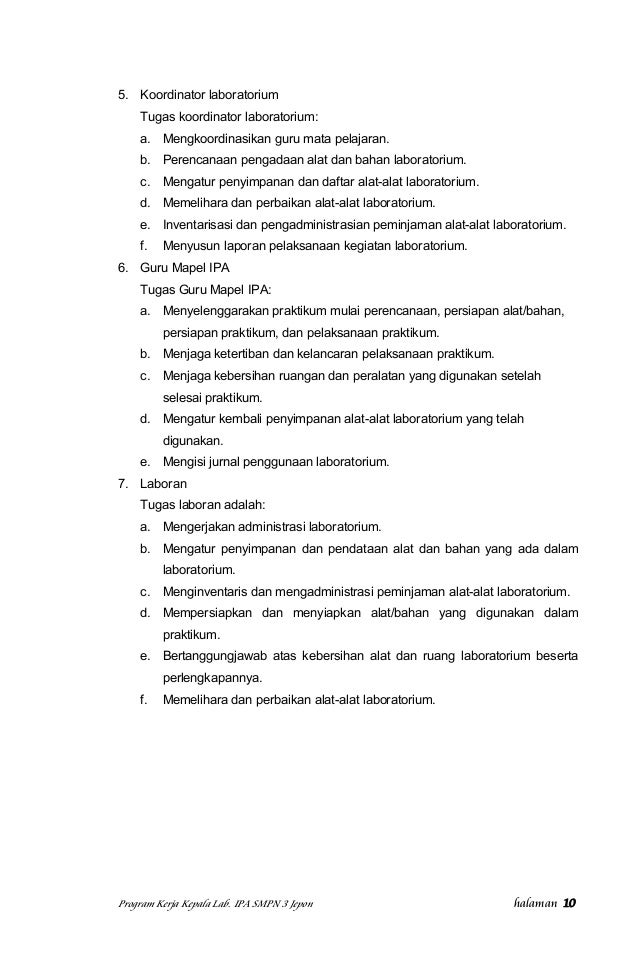
In general, teachers’ responses to training show very strong categories with the highest responses on the topic of practicum assessment. Aspects of analyzing the curriculum have the smallest N-gain value compare to the aspects of composing the referring questions and aspects of presenting the experimental data in the form of tables/graphs. The average N-gain of trainees is 0.71 in the medium category.

Increased ability of participants is shown with N-gain obtained by each teacher. The results of questionnaire showed that the teachers responded with strong criteria and very strong, with an average of 83 (Very Strong). The pretest and posttest results were calculated by measuring N-gain, and scoring teacher responses on a scale of 1-4. The training involved 26 chemistry teachers as trainees, a mixed method chosen to measure the quantitative side by preexperimental design with a pretest-posttest design, one-group design and teacher feedback collection on training through questionnaires. The objective of this research is to measure the effectiveness of teacher training in improving the production ability of Guided-inquiry Labs to achieve students’ understanding and literacy. So that the learning process of chemistry should stimulate initiative, creativity, and scientific attitude through Guided-Inquiry based laboratory activity to improve student literacy ability. Learning should prepare students according to the demands of the 21st century. Some teachers demonstrated their ability to design guided inquiry-based lab worksheets mainly related to contextual phenomena, including the effect of vinegar acid concentration on baking soda decomposition reactions, and the effect of fertilizer concentrations on grain sprout growth Teacher training is still a project that many considered as not effective and has a number of shortcomings. In general, the teacher’s response to the training showed a very positive response especially to the topic of practical evaluation or evaluation. Increased ability of teachers in inquiry is classified as medium category. The results achieved in this study indicate that the teacher’s response to training materials and training methods is very strong based on the results of the pretest and posttest.

The method applied in this study is multi-method, both quantitative and qualitative with multi-design.

The training involved 26 chemistry teachers who teach in Karawang West Java. The purpose of this study was to measure the effectiveness of teacher training in improving the ability to develop guided inquiry lab worksheets to achieve students’ understanding and literacy. In chemistry learning teachers must be able to stimulate all initiatives, creativity and scientific attitudes through guided inquiry-based laboratory activities. The main objective of teacher training is to improve the ability and skills in learning process, so as to prepare students for competition in the millennial century. Generally teacher training is still ineffective, and there are still many weaknesses in its implementation. International Seminar on Language, Education, and Culture (ISoLEC)


 0 kommentar(er)
0 kommentar(er)
